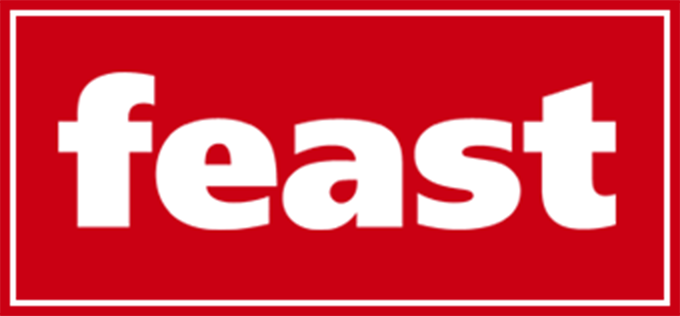What if traditional investments could be made smarter, faster, and more accessible without overhauling the financial system entirely? That’s exactly what asset tokenisation is doing. It’s a real-world innovation that’s opening doors for investors across the spectrum. From luxury real estate to high-value artwork, asset tokenisation is quietly transforming how we access, manage, and benefit from investments.
In this blog, we’ll discuss the top five benefits of asset tokenisation that every modern investor should know. We’re talking increased liquidity, fractional ownership, improved diversification, automated compliance, and global accessibility – without any of the crypto noise. Whether you’re a seasoned investor or just exploring modern strategies, understanding the benefits of asset tokenisation could reshape your investment playbook.
Enhanced Liquidity: No More Waiting Games
One of the most revolutionary benefits of asset tokenisation is the newfound liquidity it brings to traditionally illiquid assets. Think of assets like fine art, private equity, or commercial real estate. These typically involve long holding periods and complex transactions. Tokenisation changes that by creating digital representations of these assets that can be traded on regulated secondary markets.
This means investors no longer need to wait years to cash out or rely solely on high-net-worth buyers. Instead, tokenised assets can be bought and sold with much greater speed and flexibility, offering a major liquidity upgrade to portfolios.
Liquidity also enhances valuation accuracy, gives investors more control over exit timing, and supports a more active investment strategy. This unlocks value that was previously tied up and hard to access.
Fractional Ownership: Investing Doesn’t Have to Be All or Nothing
Traditionally, investing in certain assets required significant capital. For instance, acquiring a piece of commercial property might cost millions, placing it far out of reach for most individual investors. But one of the clearest benefits of asset tokenisation is the ability to divide ownership into smaller, digital units.
This allows investors to purchase just a fraction of an asset, whether it’s a warehouse in Dubai or a vintage Ferrari, making high-value investments accessible to a broader range of participants. It levels the playing field.
Fractional ownership also enables better risk distribution. Investors can diversify across more assets, reduce concentration risk, and build more balanced portfolios. Plus, it brings more flexibility in tailoring investments to individual financial goals and risk appetite.
Portfolio Diversification: Access Beyond the Usual Avenues
Diversification is a fundamental strategy for reducing risk, and asset tokenisation supercharges this concept by expanding access to a wide variety of asset classes. From fractional art investments to shares in global infrastructure projects, tokenised assets introduce options that weren’t practically available before.
Rather than relying solely on stocks, bonds, or mutual funds, investors can now diversify into tangible and alternative assets without heavy paperwork or institutional backing. The broader spectrum of investment types means less vulnerability to market-specific downturns.
This is one of the benefits of asset tokenisation that is often overlooked: it breaks open new categories of investments. It enables smarter, more well-rounded portfolio strategies, especially for those looking to hedge against volatility in traditional markets.
Automated Compliance: Smarter, Safer Investing
Understanding the regulatory landscape can be overwhelming for both investors and asset managers. That’s where another powerful benefit of asset tokenisation comes into play: automated compliance. Through programmable rules embedded in smart contracts and tokens themselves, transactions can automatically adhere to regulatory standards.
This doesn’t just improve transparency; it also reduces the risk of human error, ensures that only eligible participants can invest, and speeds up due diligence processes. KYC (Know Your Customer) and AML (Anti-money Laundering) requirements can be integrated directly into tokens, simplifying compliance and ongoing monitoring.
For asset managers, this translates to lower administrative costs. For investors, it brings peace of mind, knowing their investments meet legal standards without endless back-and-forth. The result? More secure, streamlined, and scalable investment ecosystems.
Global Accessibility: Investing Without Borders
Cross-border investments come with red tape, currency limitations, and accessibility challenges in the traditional financial world. However, the global nature of digital ledgers allows tokenised assets to be accessed by investors regardless of geography, depending on local compliance frameworks.
This benefit of asset tokenisation dramatically expands market participation. Investors from different parts of the world can now access opportunities that were once locked behind local networks, exclusive deals, or high entry points. This democratisation of access isn’t just good for individual investors; it also brings fresh capital to asset owners and issuers.
And with digital infrastructure, transaction times are faster, costs are lower, and records are more transparent. It opens up a future where borderless investing is the new standard.
Staying Ahead of the Curve with Tech-driven Investing
As the investment world continues to evolve, understanding the benefits of asset tokenisation becomes not just important but essential. From boosting liquidity and enabling fractional ownership to automating compliance and broadening global access, tokenisation is rewriting the rules of engagement for investors everywhere. It’s about unlocking value, managing risk more effectively, and accessing opportunities that were once off-limits.
For investors looking to stay ahead of the curve, asset tokenisation offers a smart, strategic advantage. And with innovative solutions like rootVX powering this shift, it’s easier than ever to enter this new era of investing. Whether you’re managing large portfolios or exploring niche assets, tokenisation is set to be a defining force in modern finance.



